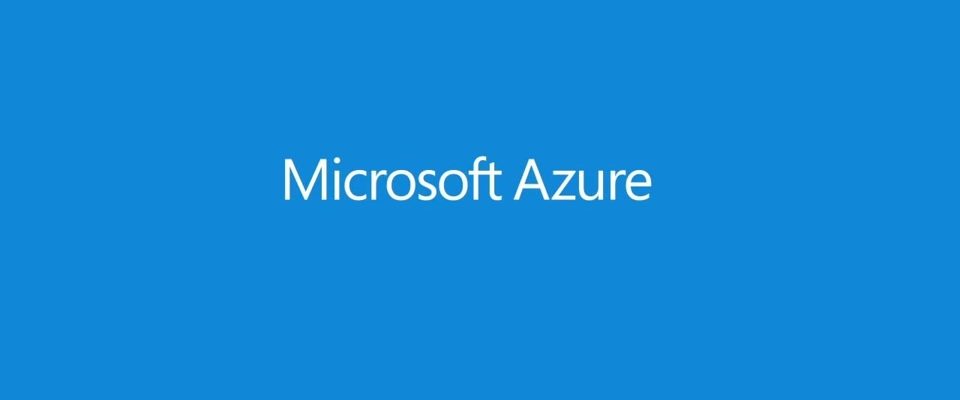The technology sector has been in a state of perpetual flux and continuous innovation for years now, leading to some of the more powerful, affordable and transformative solutions and products to ever be released.
cloud Archives - Ultimate IT Courses
- By : UIC Staff
- Industry News, Microsoft
- 0 Comments
- By : UIC Staff
- Industry News, Microsoft
- 0 Comments
Does knowledge of Azure pay well?
On average, Azure specialists earned $116,552 per year in 2014, making it the highest-paid specialty in a technology produced by Microsoft.
- By : UIC Staff
- Industry News, Microsoft
- 0 Comments
The big data developments for Microsoft Azure
Microsoft Azure has become a competitive edge for these organizations, as it has incorporated big data into its program.
- By : UIC Staff
- AWS, Industry News, Microsoft
- 0 Comments
The ways industry cloud services are changing
The cloud has had a huge affect on the IT community, influencing changes and expectations within the corporate world.
- By : UIC Staff
- Industry News, Microsoft
- 0 Comments
Are health care IT departments prepared for emerging tech?
The health care sector represents one of the best examples of an industry that is embracing new technologies and trends, as it is demanded to do so by federal regulations and incentivized by consumers.
- By : UIC Staff
- Industry News, Microsoft
- 0 Comments
More signs that cloud courses are necessary
Cloud computing is arguably the most revolutionary technology to enter into the equation for consumers, businesses and public sector agencies in the past two decades. From driving down capital expenditures and boosting the overall power of IT to strengthening data access and control for users, the cloud is an exceptional set of tools that virtually all
- By : UIC Staff
- Industry News, Microsoft
- 0 Comments
Time is right for refreshed Microsoft Azure training
Microsoft is one of the more powerful technology firms in the world, and achieved this stature by developing and constantly refining its products and services.
- By : UIC Staff
- IBM, Industry News
- 0 Comments
Cloud training helps organizations leverage multiple technologies
The global market for cloud services is booming, as businesses leaders have started to implement the technology to share information at incredible rates.
- By : UIC Staff
- Industry News, Microsoft
- 0 Comments
What professionals need to know about Microsoft’s Migration Accelerator
Over the next few years, it’s likely that companies will look for professionals who possess the wherewithal needed to migrate systems to cloud infrastructures.
- By : UIC Staff
- CyberSecurity, Industry News, Microsoft
- 0 Comments
4 IT trends IT professionals will see this year
With new trends come concerns about security and updated training for IT professionals, which is why resources such as SQL training are so important. IT workers should pay attention to trends in 2015 to find innovative ways of improving these tools to ensure they are secure for the public to use.




